![7,000-year-old animal-figured seals found at Türkiyes archaeological excavation of Arslantepe]()
Archaeologists working at the UNESCO World Heritage site of Arslantepe Mound in Türkiye's eastern Malatya province found two 7,000-year-old animal-figured seals.
![Turkish Museums Protect Their Cultural Heritage by Tagging with DNA Technology]()
Cultural Assets and Museums Director General Incecikoz explains 'identification project for the security of historical artifacts,' which aims to combat smuggling, protect artifacts
![The World Neolithic Congress will be held in Şanlıurfa on November 4-8]()
The 2024 World Neolithic Congress aims to bring together discussion of diverse Neolithic formations that took place across different geographical locations in different time-frames following diverse cultural and socio-economic trajectories.
![Archaeologist Prof. em. Dr. Volker Michael Strocka has passed away]()
One of the leading figures in the field of Classical Archaeology, esteemed academic Prof. em. Dr. Volker Michael Strocka, has died at the age of 84. The Department of Classical Archaeology at the University of Freiburg mourns
![Researchers believe Stonehenge stone was brought from Scotland]()
Stonehenge's Altar Stone traced to Scotland: New study unveils ancient transport route. Six-ton sandstone slab identified as originating from northeastern Scotland, shifting previous theories
![An ideal key to understanding the Neolithic Age: Sanliurfa Museum]()
Thousands artifacts from thousands of years ago are on display at the Şanlıurfa Archaeology Museum. Many unique historical artifacts in Museum shed light on the Neolithic period.
![Professor Harvey Weiss wants to understand Akkadian Empires how the adapted to abrupt climate change]()
Türkiye's Kultepe offers clues to climate adaptation 4,200 years ago... Crucial for world history to understand how societies in big cities adapted to climate change 4,200 years ago, says prominent US professor
![A mystery has been solved in Göbeklitepe: The T-shaped stone with vultures is a calendar or astronomical record]()
A series of carving on stone pillars at skein of archaeological secrets Göbeklitepe could be an astronomical record of an event that triggered a key shift in human civilisation.
![Giant panda fossil discovered in a cave in Shaanxi]()
A well-preserved giant panda fossil, dating back at least 10,000 years, has been discovered in a cave in Northwest China's Shaanxi province, the provincial department of natural resources said on Wednesday. The skull fossil was more than 90 percent…
![Pilgrim Dimitrakis Inscribed Skull Found in Sinope Koimesis Church]()
A male skull with the Greek inscription “Pilgrim Dimitrakis” was found during archaeological excavations at Balatlar Church in Sinop, on the Black Sea coast of Türkiye.
![Archaeologists found a pot full of gold coins in Izmir]()
The gold coins were found inside a room beneath a home in Notion by arcaheologist an ancient city in western Turkey. They feature the figure of a kneeling archer, a design element used for the Persian daric, a gold coin issued by the Persian…
![Ding Geng: Chinese archaeology has never been used as a weapon to undermine others]()
Ding Geng, a PhD candidate of archaeology at Peking University and He says; "After the founding of New China, Chinese archaeology continued the mission of reconstructing ancient history and gradually built a spectrum of ancient Chinese material…
![There is concern Mayan Train Project could destroy archaeological sites]()
The Mayan Train Project has received backlash from a variety of stakeholder groups, including environmentalists, archaeologists, and cave divers. Critics argue that the rapid pace of construction could jeopardize the integrity of these ancient sites…
![Saudi Arabias Al-Faw Archaeological Area Gains Unesco World Heritage Status]()
The Unesco World Heritage Committee inscribed the cultural landscape of Al-Faw Archaeological Area on the World Heritage List during its 46th annual session, held in New Delhi.
![Global air passenger demand grew 9.1% year-on-year in June]()
Global air travel boosts 9.1\% in June. International air traffic rises 12.3\% at annualized pace in June while domestic passenger demand increase 4.3\%, IATA data shows
![A colossal head of Zeus has been found in the ancient city of Aphrodisias]()
The ancient city of Aphrodisias in Karacasu, Aydin, which is listed as a UNESCO World Heritage site, has unveiled a new and thrilling archaeological find: a colossal marble head of Zeus, far exceeding normal human proportions.
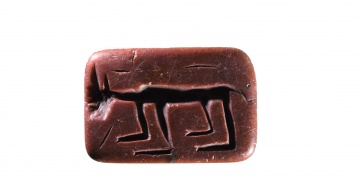

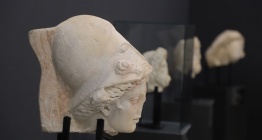
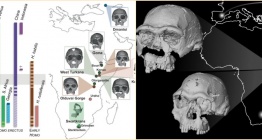
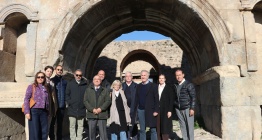
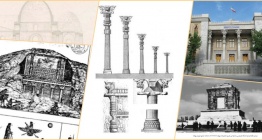
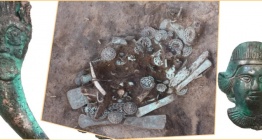

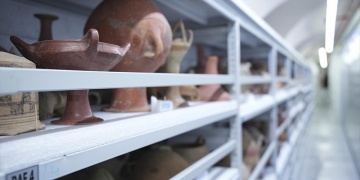
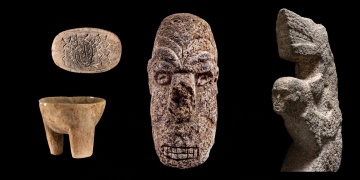
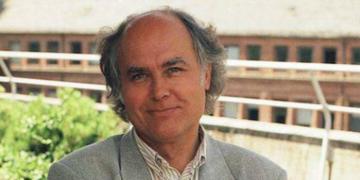

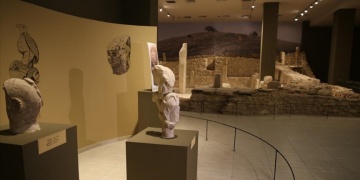
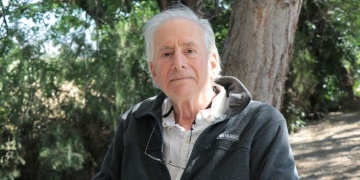
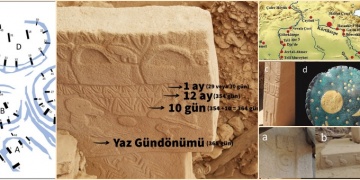
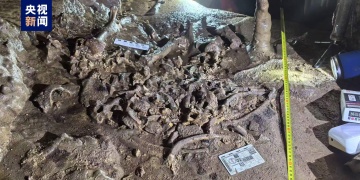
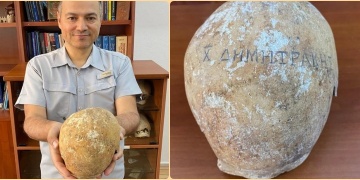
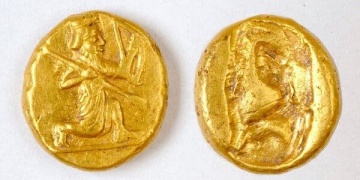
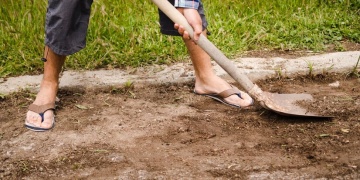
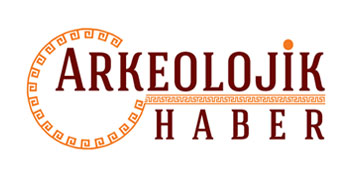
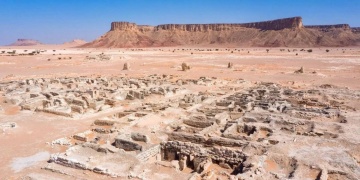







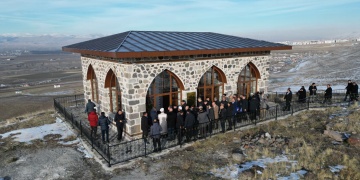 Erzurum’da Beş Asırlık Manevi Seferberlik: 1001 Hatim Geleneği
Erzurum’da Beş Asırlık Manevi Seferberlik: 1001 Hatim Geleneği 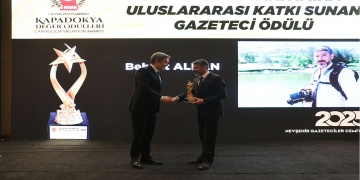 Kapadokya Değer Ödülleri ile Kültürel Hafızaya Kurumsal Vefa
Kapadokya Değer Ödülleri ile Kültürel Hafızaya Kurumsal Vefa 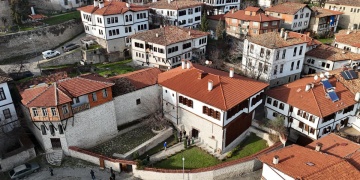 Safranbolu’nun Hafızası Yeniden Canlanıyor: Rauf Beyler Evi Restorasyonu
Safranbolu’nun Hafızası Yeniden Canlanıyor: Rauf Beyler Evi Restorasyonu 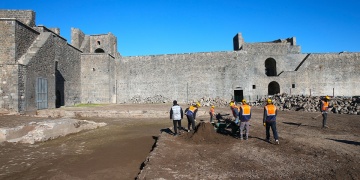 Amida Höyük’te Diyarbakır Tarihinin En Eski Suru Gün Yüzüne Çıkarıldı
Amida Höyük’te Diyarbakır Tarihinin En Eski Suru Gün Yüzüne Çıkarıldı